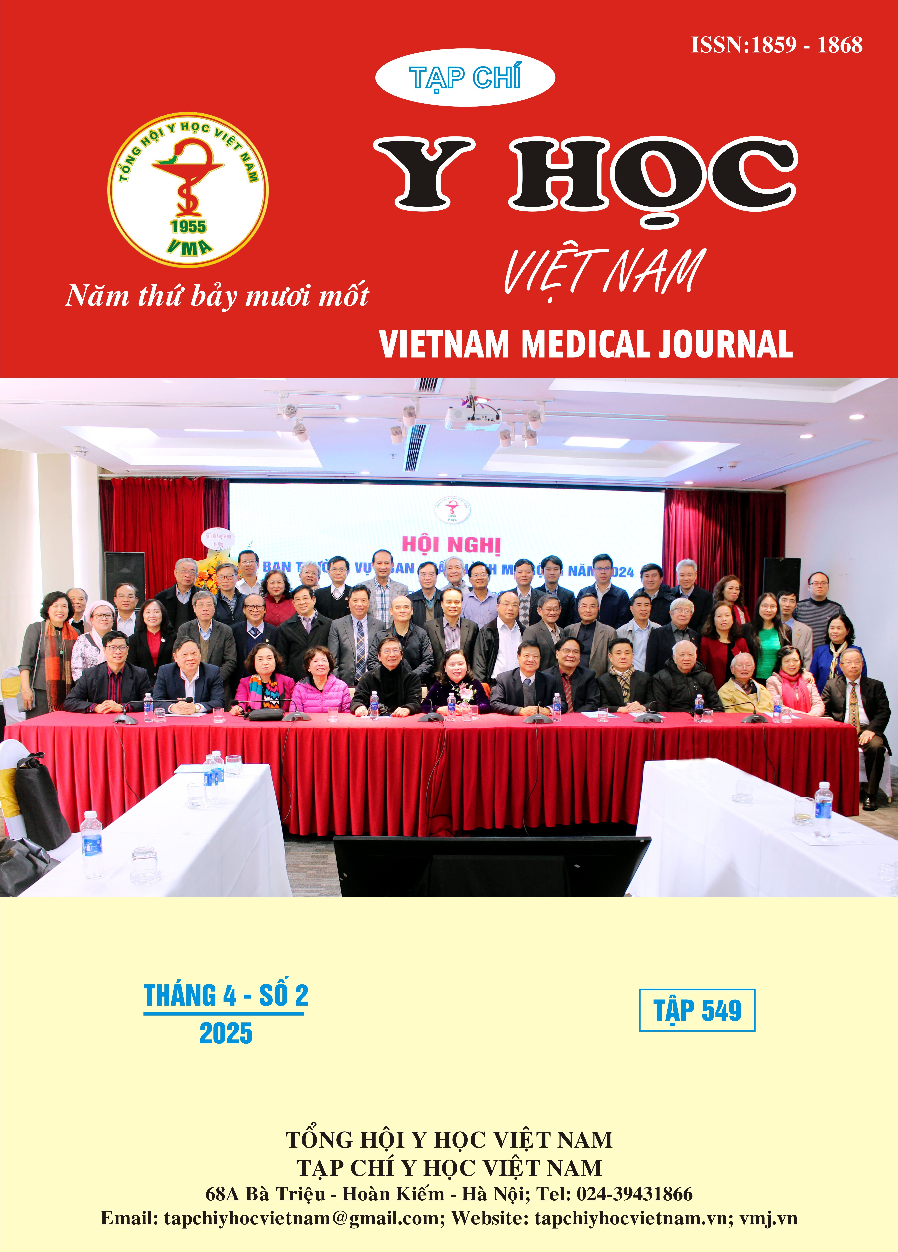CHẤT LƯỢNG CUỘC SỐNG CỦA NGƯỜI BỆNH KHUYẾT SẸO SAU MỔ LẤY THAI ĐƯỢC ĐIỀU TRỊ BẰNG PHƯƠNG PHÁP PHẪU THUẬT NỘI SOI VÀ MỘT SỐ YẾU TỐ LIÊN QUAN TẠI BỆNH VIỆN PHỤ SẢN THIỆN AN
Nội dung chính của bài viết
Tóm tắt
Mục tiêu: Mục tiêu của nghiên cứu này nhằm đánh giá chất lượng cuộc sống của người bệnh khuyết sẹo sau mổ lấy thai được điều trị bằng phương pháp phẫu thuật nội soi và xác định một số yếu tố liên quan tại khoa Phụ Sản Bệnh viện Phụ sản Thiện An. Đối tượng và phương pháp nghiên cứu: Nghiên cứu mô tả cắt ngang, phát vấn trên 73 người bệnh khuyết sẹo sau mổ lấy thai được phẫu thuật nội soi tại khoa Phụ Sản Bệnh viện Phụ sản Thiện An. Nghiên cứu sử dụng bản điều tra chất lượng cuộc sống của tổ chức y tế thế giới (WHOQOL)-BREF để đánh giá chất lượng cuộc sống của người bệnh. Sử dụng T-test để so sánh giá trị trung bình giữa các nhóm độc lập. Kết quả: Chất lượng cuộc sống sau phẫu thuật cho thấy 73 NB đủ tiêu chuẩn nghiên cứu có điểm chất lượng cuộc sống trung bình là 76,71± 4,12. Khi đánh giá về các đặc điểm, kết quả nghiên cứu cho thấy điểm trung bình thể chất là 69,87 ± 5,57; điểm trung bình về tâm lý là 70,76 ± 4,0; điểm trung bình về quan hệ xã hội là 83,86 ± 1,77; điểm trung bình môi trường là 82,35 ± 5,14. Nghiên cứu chưa tìm thấy mối liên quan giữa chất lượng cuộc sống với các yếu tố: tuổi, giới, BMI, nghề nghiệp, nơi sinh sống, tình trạng hôn nhân. Kết luận: Chất lượng cuộc sống của người bệnh sau phẫu thuật ở mức cao. Chưa tìm thấy có mối liên quan giữa chất lượng cuộc sống với các yếu tố: tuổi, giới, BMI, nghề nghiệp, nơi sinh sống, tình trạng hôn nhân (p>0,05).
Chi tiết bài viết
Từ khóa
người bệnh, chất lượng cuộc sống, khuyết sẹo mổ lấy thai
Tài liệu tham khảo
2. Vũ Mai Linh, Phan Thị Dung và cs (2024). Chất lượng cuộc sống của người bệnh trước và sau phẫu thuật làm hậu môn nhân tạo vĩnh viễn và một số yêu tố liên quan tại hai bệnh viện ở Việt Nam, Tạp trí y học Việt Nam tập 543 số chuyên đề (2024), tr 389, Bệnh viện Trung ương Thái Nguyên.
3. Nguyễn Thị Hương Trang (2012). Chất lượng cuộc sống của người bệnh sau phẫu thuật nội soi sửa van hai lá tại Trung tâm Tim mạch, Bệnh viện E. Tạp chí Phẫu thuật Tim mạch và Lồng ngực Việt Nam số 40, trang 110.
4. Olowe A Folami F, Odeyemi O (2019). Assessment of Patient Satisfaction with Nursing Care in Selected Wards of the Lagos University Teaching Hospital (Luth). Journal of Scientific and Technical Research 17(1), 12489-12497.
5. The World Health Organization quality of life assessment (WHOQOL): Position paper from the World Health Organization. Social Science & Medicine. 1995;41(10):1403-1409. doi:10.1016/0277- 9536(95)00112-K.
6. Ahtisham Y, Jacoline S (2015). Integrating Nursing Theory and Process into Practice; Virginia’sHenderson Need TheoryInternational Journal of Caring Sciences. 8(2), 443-450.
7. Oonagh E Keag, Jane E Norman (2018). Long-term risks and benefits associated with cesarean delivery for mother, baby, and subsequent pregnancies. Systematic review and meta-analysis. PLoS Med, 15(1), e1002494
8. D. Jurkovic, K. Hillaby, B. Woelfer et al (2003), "First-trimester diagnosis and management of pregnancies implanted into the lower uterine segment Cesarean section scar", Ultrasound Obstet Gynecol, 21(3), 220-227.


